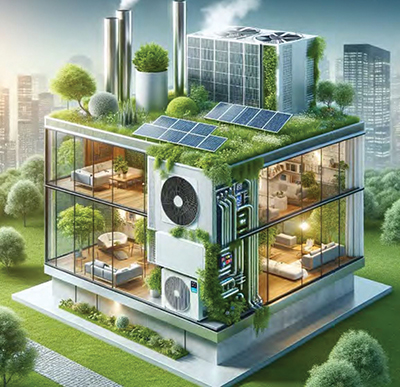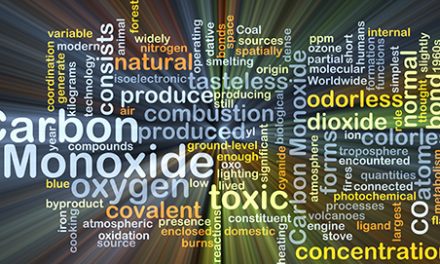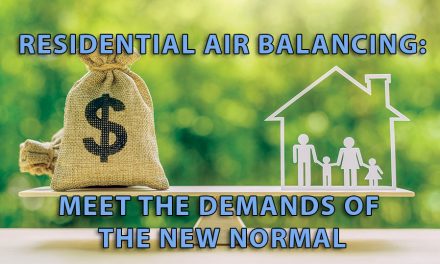The Power Outage Conundrum
As discussed earlier, power outages often result from extreme weather events, which are becoming more common. They can also be impacted by grid capacity and load-balancing issues. These issues could become more common as we collectively work to electrify vehicles, homes, and businesses simultaneously.
Adding loads to the grid will likely require significant investment into grid infrastructure to minimize capacity and load balancing issues, potentially driving up costs for electricity just as we become increasingly reliant on it.
When outages coincide with extreme weather events such as a freak winter storm, buildings, and lives can be put at risk.
As more of our customers look to adopt heat pumps, our job as HVAC experts is to advise on these risks and offer solutions to help keep customers safe, healthy, and comfortable. All this leads to a clarified concept of what makes a great HVAC system – enter Climate-Resilient HVAC.

Climate-resilient HVAC systems do more than work okay most of the time — a lot more. Consider these goals of a great HVAC system that is ready to handle any demands thrown at it, now and into the future:
Climate-Resilient HVAC Dramatically Reduces Pollution and Carbon Emissions Relative to Fossil Fuel Heating
This is the big reason behind the push for heat pumps and electrification, but contrary to political talking points and marketing campaigns, achieving the reductions needed requires more than just simple “box swaps.”
A heat pump that isn’t thoughtfully selected and skillfully installed will likely not perform near its rated efficiency. Carbon reductions can evaporate depending on how “clean” the electricity supply is. It’s up to skilled contractors to ensure the heat pump efficiently delivers what it can deliver.
Limit Increasing and More Unpredictable Demand on the Electric Grid
Replacing furnaces with heat pumps increases demand on the grid. Electrification may lead to new wintertime peak periods in some areas where they were never considered.
Overusing electric heat strips for backup or supplemental heat could exacerbate periods of high demand, increasing prices or even causing blackouts. We must achieve high-performing heat pump installations and carefully consider equipment sizing and alternatives for any required backup or supplemental heat.
In cold and very cold climates, it makes sense to consider climate resilient dual-fuel systems that use a furnace when temperatures fall below the point where heat pumps can keep up.
Minimize High Utility Bills With Climate-Resilient HVAC
This is the customer side of the two previous goals. A well-selected and installed heat pump, with thought put into backup or supplemental heat, minimizes the potential for high electric bills.
Selecting a cold climate model for areas where temperatures regularly reach 30 degrees or lower reduces the cost of running expensive heat strips.
Better yet, dual-fuel setups usually provide the cheapest heat when temperatures are frigid. They provide some insurance if electric rates increase to cover necessary grid system upgrades.
The same demand response controls discussed above help with grid stability and help customers optimize when and for how long heat pumps run. This can limit the impact of high peak electricity rates on utility bills.
Click Below for the Next Page:













Recent Comments